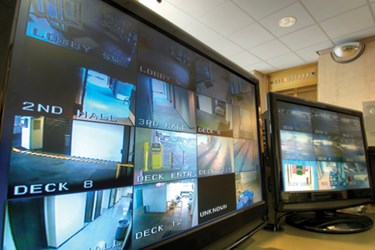ONVIF Announces New Standard For Video Storage And Recording
By Cheryl Knight, contributing writer

The Open Network Video Interface Forum (ONVIF) has released Profile G, a new standard for video storage and recording. According to the organization, the specification encompasses on-board video storage, searching retrieval capabilities, and media playback. This follows the 2013 Release Candidate for Profile G. A Release Candidate is the beta version of a product that is ready to release unless any significant bugs emerge during a six-month final implementation review.
“With the finalization of Profile G, we have completed the circuit, providing the means whereby product manufacturers and software developers can present at a basic level an integrated video and access control system,” said Per Bjorkdahl, ONVIF’s steering committee chairman. “This is a true complement to our existing Profiles S and C, and takes standardized interoperability to new heights.”
What Is Profile G?
Profile G adds video playback into ONVIF’s profile concept. Other profiles include Profile C, which allows users to more easily deploy integrated IP-based access control and video solutions from different providers. This reduces the need for needing multiple monitoring systems for handling a variety of different PACS devices.
Profile S, on the other hand, allows users to more easily identify features by profile and allows users to address the more common functionalities of specific IP video systems. The overall purpose of the profile concept is to help standardize the network interface between the different network video products.
According to an IFSEC Global article, Profile G covers such devices as cameras, encoders, networked video recorders, video, building, and physical security information management systems. And while Profile G and S have some similarities, they remain independent enough to encompass different functionalities, with devices using one profile or the other depending on the device type.
How Can ONVIF’s Profiles Help IT Solution Providers?
Profile G, along with ONVIF’s other standards, have a goal of making it easier for end users, integrators, consultants, and manufacturers to easily integrate products from different vendors into a single solution. Standards also help software vendors create products that support various brands of network video products. ONVIF says benefits of an open standard include interoperability, flexibility, future-proofing, and quality, along with driving the convergence from analog to digital solutions.
